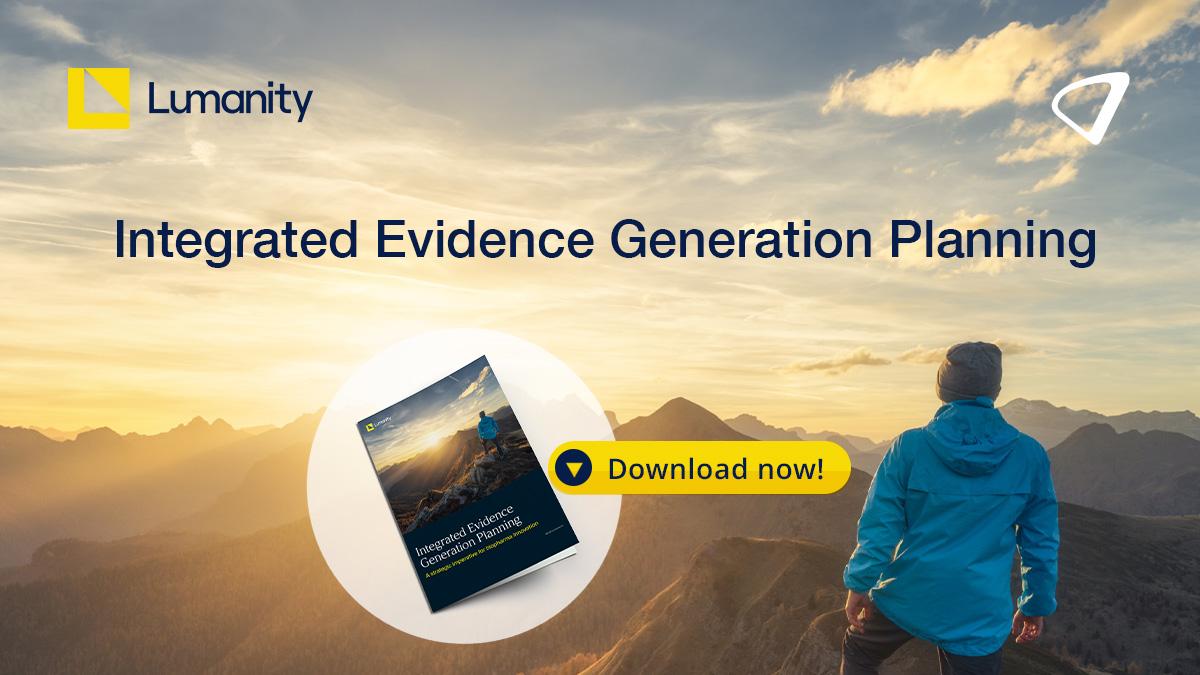Boehringer eyes H2 drug launches after strong H1 growth

Boehringer Ingelheim is preparing for multiple drug launches in the second half of 2025, following strong first-half financial results that saw the company report a 6.3% rise in group net sales to €14.0 billion ($16 billion).
According to the company, H1 net sales growth was driven by continued global demand for key medicines, including JARDIANCE, a medication primarily used to treat type 2 diabetes, and the fibrosis treatment OFEV, and supported by strategic progress across its late-stage pipeline.
“As we prepare for the potential launches of zongertinib and nerandomilast later this year, we remain focused on delivering meaningful solutions. We understand the urgency behind every patient’s need, and we’re acting with speed and purpose to meet it,” said Shashank Deshpande, Chairman of the Board of Managing Directors and Head of Human Pharma. “At the same time, we’re making strong progress across our pipeline – from obesity to liver and kidney health – with the goal of redefining standards of care.”
Zongertinib and nerandomilast, two high-priority assets for the company, are currently undergoing regulatory review and could mark significant advances in the treatment of HER2-mutant lung cancer and fibrotic lung disease, respectively.
Earlier this year, the US FDA accepted a priority review for zongertinib, Boehringer’s investigational oral HER2 inhibitor, as a treatment for adults with unresectable or metastatic non-small cell lung cancer (NSCLC) with HER2 mutations, following prior systemic therapy. If approved, it would be the first oral targeted therapy for this population in the US – giving Boehringer a notable advantage over its rival Bayer in the race to bring an oral HER2 drug to market for this indication.
Meanwhile, nerandomilast, a non-steroidal PDE4 inhibitor, showed clinically meaningful reductions in lung-function decline in both arms of the FIBRONEER Phase III programme for idiopathic and progressive pulmonary fibrosis. The treatment was well tolerated, with discontinuation rates comparable to placebo. Regulatory submissions have now been filed in the US, EU, China, and Japan.
In addition to its near-term launch candidates, Boehringer is progressing its broader pipeline in respiratory, oncology, and cardiometabolic diseases. Its DPP1/CatC inhibitor verducatib (BI 1291583) is now in Phase III for bronchiectasis, following FDA breakthrough therapy designation in 2024.
The company has also initiated two new Phase III trials under its EASi programme, evaluating a dual aldosterone synthase inhibitor/SGLT2 inhibitor combination in chronic heart failure and in patients with type 2 diabetes and cardiovascular risk.
To support commercial readiness and ensure long-term supply resilience, Boehringer is scaling up its global manufacturing infrastructure. A €300 million ($352 million) expansion of its Yamagata site in Japan broke ground in June, with the facility set to become a key production hub for the Asia and Oceania region. Additional investment in US-based production is also underway.












